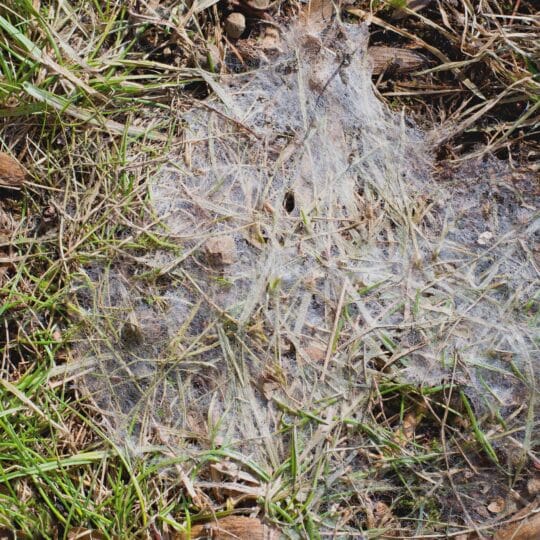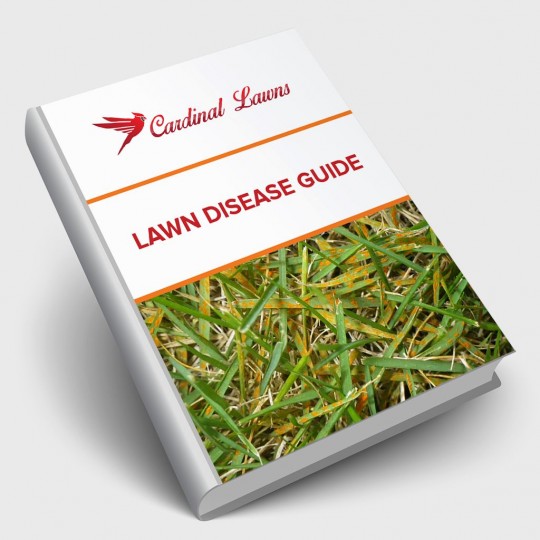What’s Pink Snow Mold?
Prevention & Treatment Options
Posted
March 3, 2022

As winter thaws and spring draws near, there may be something hiding beneath that blanket of snow. Pink snow mold is a common lawn disease affecting certain grasses. Learn the signs, treatment options, and how to prevent it from ruining the first signs of spring in your yard.
What’s Pink Snow Mold
Also known as microdochium patch, snow mold is a fungus that attacks your grass. Here are the facts:
- At-risk grass: mostly cool-season turfgrasses, including ryegrasses, annual bluegrass, and Kentucky bluegrass.
- Types: Gray and pink. Pink is typically more harmful as it attacks the roots and crown of the grass.
- Signs: Appears in the spring as small, pale, circular patches of grass. Color is more prevalent right after the snow melts and starts to fade as the grass dries. A mold-like coating gives the grass a matted appearance.
- Causes: Heat and moisture trapped under a layer of snow.
- Lifespan: Fungus can go undetected over the summer, overwinter as spores in the grass, and appear again the following spring.
Once the weather starts getting warmer, you may notice the patches turning more brown as the disease dies off, but that doesn’t mean there’s no longer a threat. Pink snow mold could damage the grass enough to the point you need to reseed. Even if these patches of grass grow back, the mold spores may also still be present in the lawn. This is where more treatment and preventative measures come in.
Treating Lawn Disease
If you start noticing the signs of snow mold, take the proper precautions to treat the affected area. Choose a fungicide that works on the type of disease you’re trying to eradicate. Multiple treatments may be needed depending on the level of damage.
If you’ve had snow mold before, it can still be in your lawn, so be sure to take preventative measures to help ensure it doesn’t become a problem again.
Preventing Snow Mold
While it may be too late to prevent snow mold this year, it’s never too late to plan how to prevent lawn disease in the future. The best prevention for all pest and disease problems is proper maintenance. Make sure you’re mowing, watering, and fertilizing your lawn at the right time for lush results. Before the first snowfall, clear your lawn of any leaves, decor, and debris to limit the chance of heat and moisture getting trapped.
For more tips on how to treat and prevent lawn disease or properly maintain your yard for maximum lushness, contact the specialists at Cardinal Lawns.

Download Your FREE Lawn Disease Guide
Even the most manicured landscapes are susceptible to lawn disease. Take some time to learn about identification and removal before one takes over your lawn. This handy guide teaches you how to spot common lawn diseases as well as how to properly treat them.